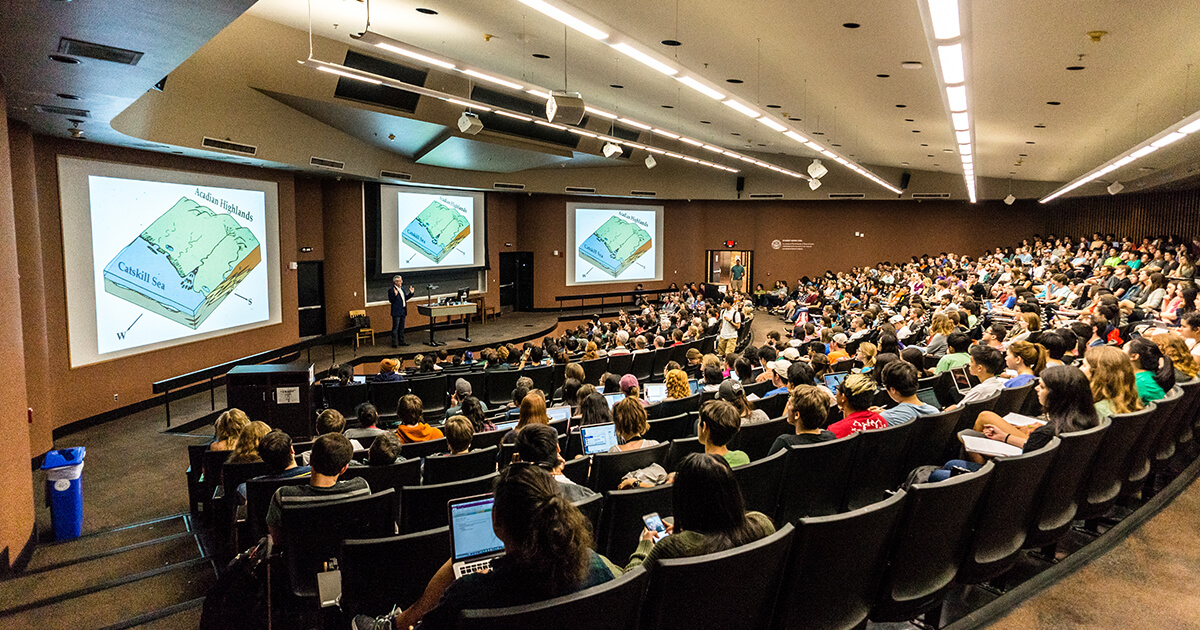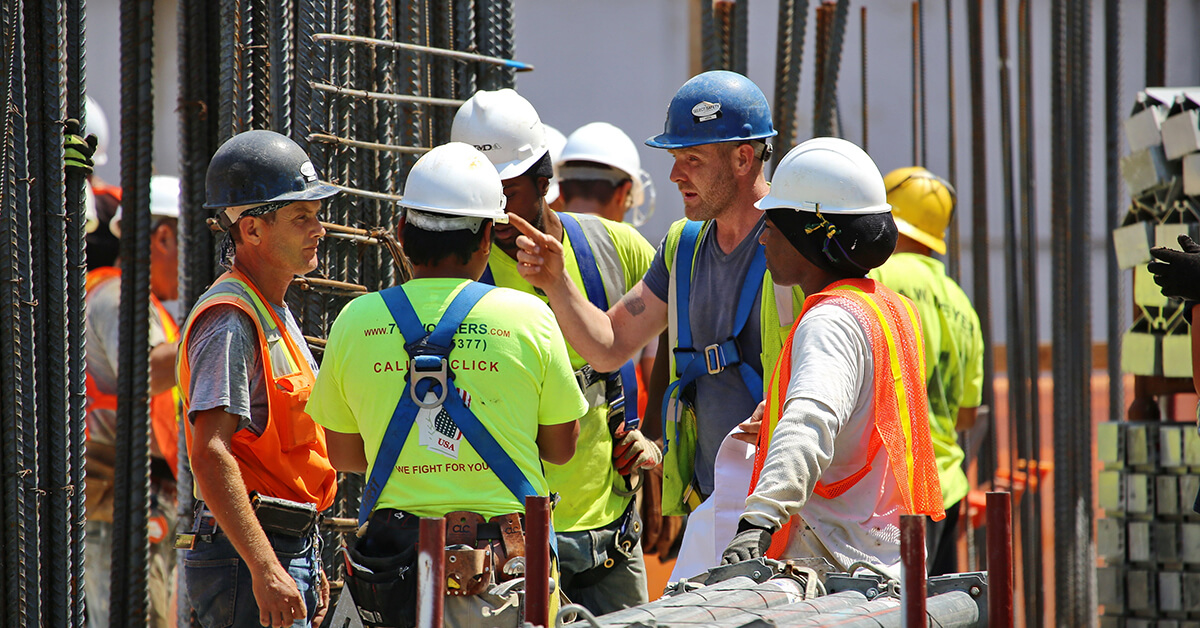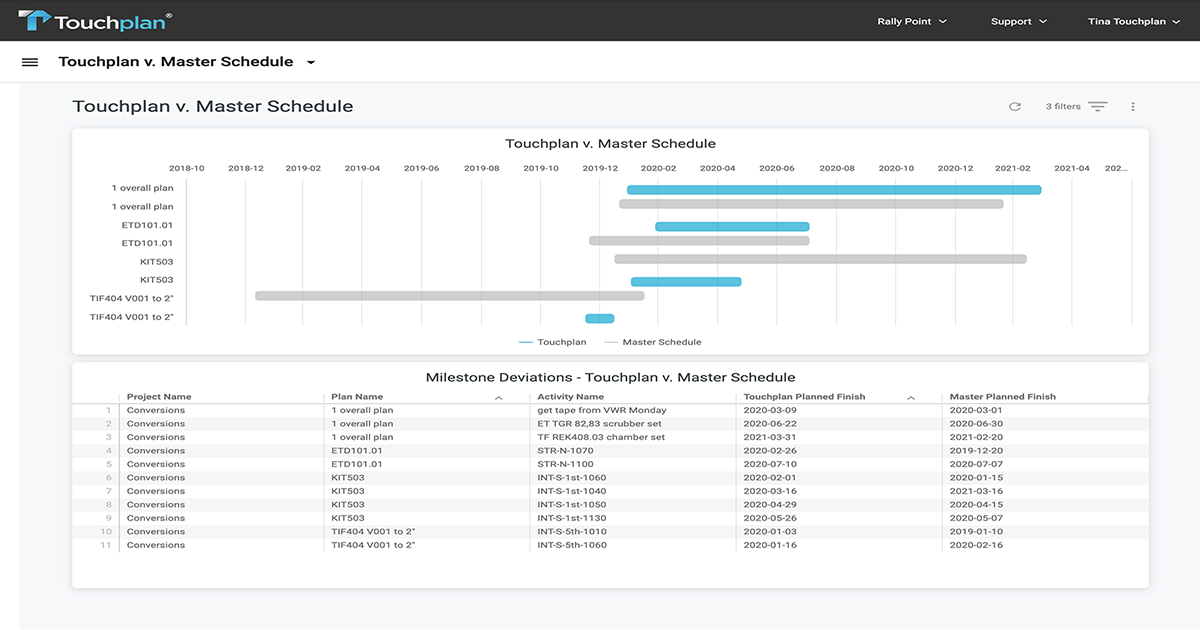Graduation season is upon us, and with it, many members of the Class of 2021 will be seeking jobs in the “real world.” Students who learn more about their desired profession or even get some hands-on experience usually tend to have a leg up when competing for positions. That is becoming even more prevalent in the construction industry were more general contractors are using a variety of construction software products and students must quickly learn to use these tools in their new jobs.
Touchplan is lending a hand to help prepare college students studying construction management by giving them exposure to our product as part of their construction planning classes. Touchplan is currently being utilized as a part of the Construction Management Curriculum at Cal Poly San Luis Obispo and Colorado State University.
Professors from both institutions have seen the value in exposing their students to real-world construction technology tools that they will most likely be using in their day-to-day jobs after accepting a position with a general contractor, specialty trade, or owner’s project manager.
A More Hands-On Approach To Construction Management And Advanced Scheduling Training
Andrew Kline, an Assistant Professor in the Construction Management Department at Cal Poly SLO and a construction professional, started the Advanced Scheduling Class about a year ago so students could be introduced to a more hands-on approach to scheduling that would reflect how they would see it in the field.
“I started the Advanced Scheduling class as I wanted to show students pull planning based on my own experience in the industry,” said Kline. “A student of mine introduced me to Touchplan when they got to use it while working as a summer intern for a major contractor. We were able to get it implemented as part of the class and now use it in three to four different assignments throughout the quarter, so students can see the actual jobsite approach to scheduling.”
Kline added, “I have found Touchplan beneficial to help students grasp the overall phasing of construction. As someone who worked in construction and utilized pull planning by using sticky notes, it was always difficult to understand all the relationships and phases of a project. Touchplan helps students understand the way it’s scheduled on the jobsite and how it can be changed on the fly, to adjust to certain milestones.”
Remote Learning Spurs A New Approach In Teaching Pull Planning
Christofer Harper, professor of a senior-level construction scheduling class at Colorado State University, came upon Touchplan due to the Covid-19 Pandemic. Part of this senior-level construction and scheduling class involves a lab component where the students, after being assigned an individual component of a construction project, must then come together to work on a pull planning session, so they can see how all components work together. These used to be traditional pull planning sessions that utilized whiteboards and sticky notes. When the Covid Crisis hit, in-person lab sessions would not be possible, so Harper had to come up with an alternative.
“My TA, Shantanu Kumar, did some digging and found Touchplan as a potential [tool] that could help us supplement the in-person planning activity and we began using it this past Fall (2020) and we were really impressed with it, as were the students,” said Harper. “Touchplan emulated pretty closely what we have done before when we were in the classroom. It worked so well in the fall semester we used it again this spring and it was another great success for us.”
While Harper has taught his class via the traditional method of pull planning with sticky notes on walls, he said he would most likely incorporate Touchplan’s technology again.
“I think we will continue to use Touchplan just because we are using more and more technology tools,” said Harper. “Even when Covid is done and students are able to meet in the computer lab, they could just have Touchplan on the screen and work on it in the lab as opposed to going up to the whiteboard. It is the same effect and it’s cleaner, doing it in Touchplan. With sticky notes, you may not get the greatest handwriting and it can get messy after a while. Also if people are trying to take pictures, and you have a plan laid out across three whiteboards, you may not be able to read it, but in Touchplan, you’ve got it right there, students can save their work and they go back to any point in the project if they wanted to look at it. So I definitely see us continuing to use it.”
Exposure To Construction Technology Enhances Learning
The construction management curriculum is not just limited to Touchplan. Both Cal Poly and Colorado State are incorporating other software programs used by general contractors into their classes as they are seeing that the industry understands all the benefits that these tech tools have, as well as the efficiencies that they deliver. The industry is also seeing the value in the students getting exposed to this technology in the classroom. In addition to planning, students are getting exposure to work-related software for cost management and document management.
“We have some very good industry support here at Cal Poly and those industry partners have told us that it would be great if students were skilled at, or at least knew about some of the tools that are being used in the industry. So I think that was kind of a big push for us,” Kline added.
Students Apply Construction Management Software Experience To Find Jobs
Josselyn Verutti is a senior majoring in construction management at Cal Poly and has been able to be exposed to Touchplan in both her classwork as well as via an internship with a major general contractor in California. She has been able to take the knowledge she has gained in her classes, apply it to an internship opportunity, and already has a job opportunity waiting for her when she graduates.
“What’s great about the Construction Management program at Cal Poly is that its format is to learn by doing and the program does an amazing job with that via labs and all the other classes,” said Verutti. “The teachers also come with a lot of real-world experience in the construction industry, working in positions like project managers and project engineers so it’s great learning from those who have had a direct connection to the industry.”
Verutti feels that the exposure she received to construction technology products definitely prepared her to work an internship but also believes it has prepared her to hit the ground running when she starts her new job after graduation.
“Having the opportunity to use these programs at school is huge because even just using these programs for like a week or two prepared me for when I saw these programs in my internship. While I was still very rough on them, I had seen them, so it wasn’t a totally new experience and it made me look more knowledgeable to my superiors,” Veruitti added.
Interested In Using Touchplan In Your Classroom?
Touchplan is very much interested in continuing to work with academic institutions to help students better understand the rapidly evolving technologies that are advancing the construction industry. If you would like to learn more about opportunities to use Touchplan in your classroom you can read Bringing Touchplan to the Next Generation of Planners; or drop us a line at [email protected].










